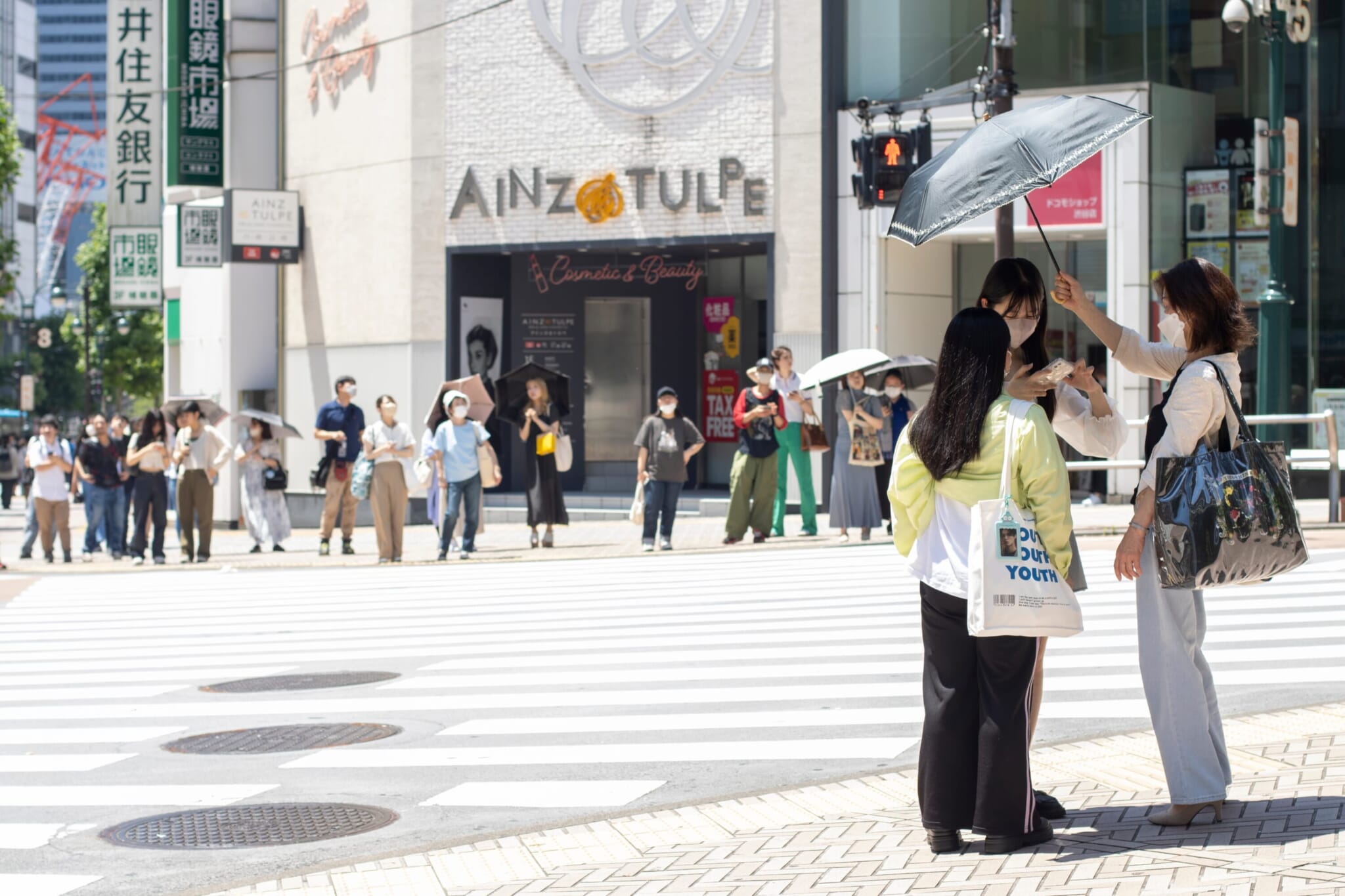At just after 1 p.m. on Sunday, the temperature in Shizuoka city exceeded 40 degrees Celsius. It’s the highest number seen there since records began in 1940. Other cities experienced temperatures over 39 degrees Celsius, including Otsuki in Yamanashi Prefecture. In Tokyo alone, close to 200 people had been hospitalized due to heatstroke as of 9 p.m. on Sunday. Sadly, at least four deaths associated with the weather in Japan have been reported in recent days. Heatstroke alerts were issued in 26 of the country’s 47 prefectures. With conditions becoming more extreme, the likelihood of the top-level special heatstroke alert being issued soon is increasing.
The New Special Heatstroke Alert System
On April 24 of this year, the government introduced a new special heatstroke alert system in 58 areas for when the wet bulb globe temperature (WBGT) heat index reaches or exceeds 33. If the special heatstroke alert system is issued, cities and towns will make it possible for everyone to rest in a cool place such as a library or convenience store. People will be advised to remain indoors and drink lots of water. Schools and companies will be asked to take adequate countermeasures against the heat. If that’s not possible they will be requested to cancel events or ask employees to work from home.
On the Ministry of the Environment’s Heat Illness Prevention Information website, any area with a special heatstroke alert will be marked in black. Purple indicates that a heatstroke alert has been issued, while regions marked in red — above 31 on the WBGT heat index — are considered dangerous, prohibiting exercise. Orange (28-31) is a severe warning, advising people to avoid strenuous exercise. With yellow (25-28), people are instructed to take regular breaks, sky blue (21-25) is a caution recommending lots of water and blue (below 21) is almost safe.








